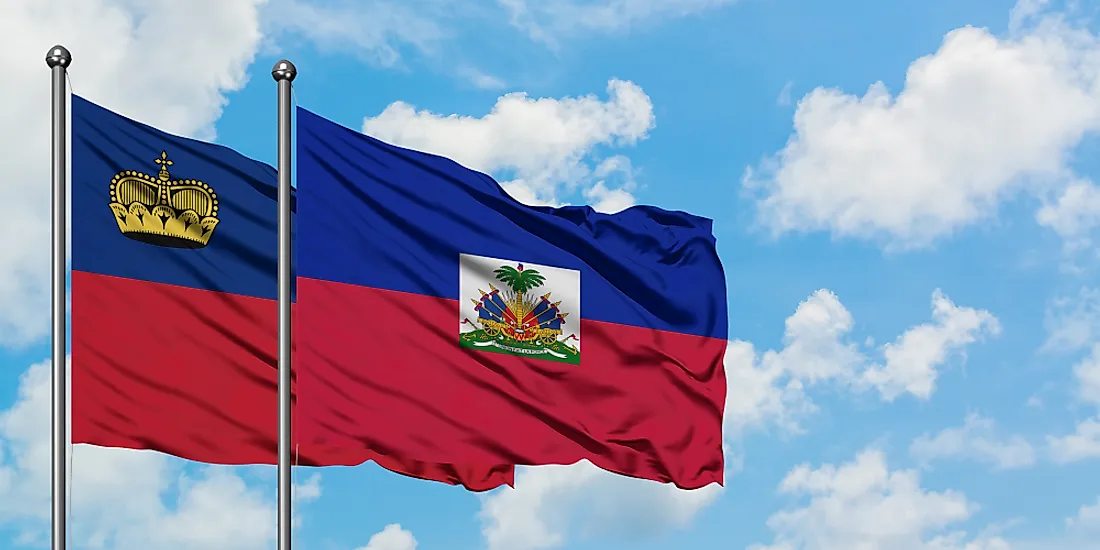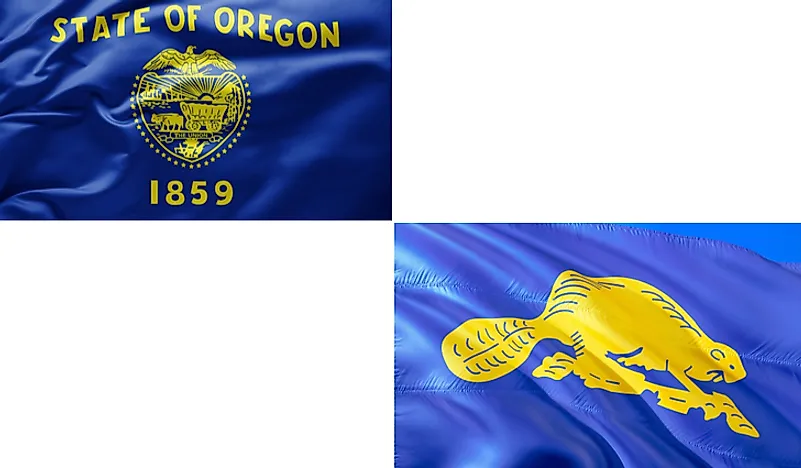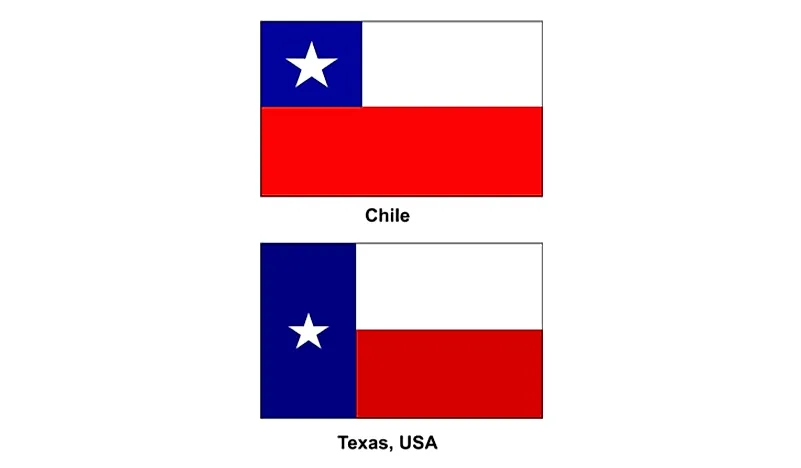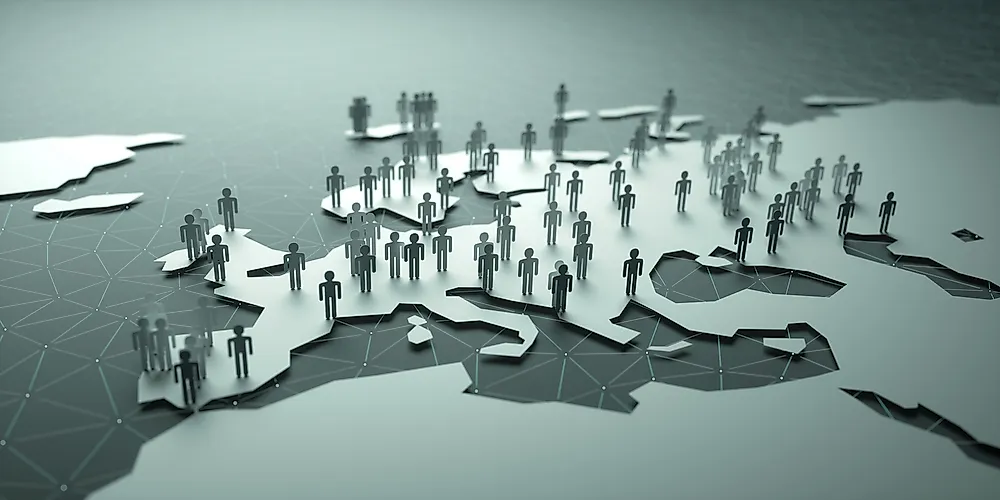The government of Colombia works under a representative democratic republic, which means that a group of elected officials represent the interests of the public in government. The government of Colombia is divided into 3 branches: executive, judicial, and legislative. Colombia is led by the President, who serves as both the Head of State and the Head of Government. The legislative duties are carried out by the Congress of Colombia, which is made up of the Senate (102 seats) and the Chamber of Representatives (166 seats). The judicial branch is independent.
As of 2014, voting in Colombia is mandatory for its citizens. Although the country technically has a multi-party political system, the government is dominated by 2 specific political parties. In recent years, however, that has been slowly changing as people from minority parties have been elected for certain offices. Representatives and Senators of Congress are elected based on proportional representation, which means the number of officials for a particular region depends on its population size. Both Representatives and Senators serve 4-year terms, follow the same election schedule, and are all either replaced or re-elected at the same time.
The Congress of Colombia meets in the National Capitol, a building located at Bolivar Square in the center of Bogota. This building was designed by Thomas Reed and is considered an excellent example of neoclassical architecture. It is characterized by large columns in the front, central area of the building; its exterior is a greyish color. Construction of the National Capitol building started in 1876 under then-President Tomás Cipriano de Mosquera. The building was not finished, however, until 50 years later in 1926. Both houses of Congress carry out their sessions here.
Although Colombia has mostly been a two-party system for much of its history, it is today a multi-party system. Some of the active political parties in Colombia include the Colombian Conservative Party, the Colombian Liberal Party, the Social Party of National Unity, and the Democratic Center.
This page was last modified on May 1st, 2018
More on Graphicmaps

Published on 2019-11-06
What is a Trade Embargo?

Published on 2019-11-04
Which Two Countries Used to Have the Same Flag?

Published on 2019-09-16
What Is the Only Two-Sided State Flag?

Published on 2019-09-16
Which Country Flag Looks Like the Texas Flag?

Published on 2019-08-29
Flags That Resemble the US Flag

Published on 2019-08-20
